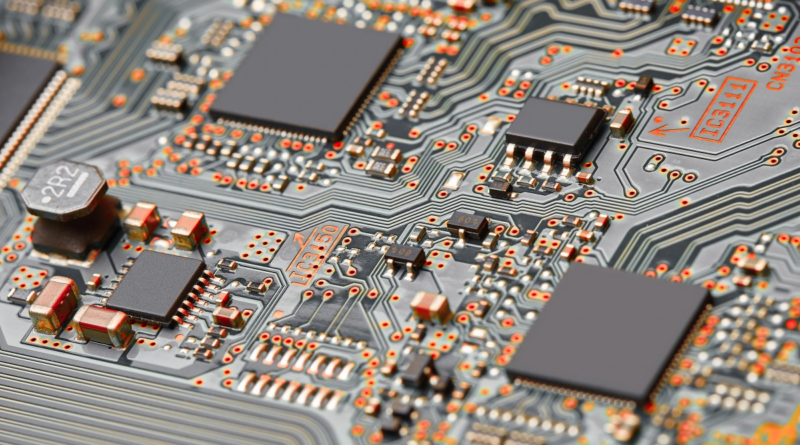Semiconductor industry gains second wind, thanks to IoT and smartphones – Tech Wire Asia
Global semiconductor revenue to shrink by 4% in 2023, the first contraction since 2019 | Source: Shutterstock/Raimundas
By Tech Wire Asia | 11 May, 2017
THANKS to rising demand for mobile handsets and Internet of Things (IoT) devices, the semiconductor industry is experiencing a bit of a renaissance as demand for chipmaking machines return to pre-2008 financial crisis levels.
Japan’s economy has been pretty lackluster in the near-decade since the financial crisis struck a harsh note for the country’s technology manufacturing sector. However, increasingly complex smartphone innovations and the pervasiveness of IoT devices in homes today has boosted the demand for not only the chips, but their manufacturing equipment.
Three of Japan’s six major chipmaking equipment manufacturers predict they will register a pre-tax profit over the next financial year ending March 2018.
Four main forces driving the #semiconductor industry today: https://t.co/MC7pRcurzm #StrategyThatWorks @strategyand #semico #silicon #IoT pic.twitter.com/iZjxV5nWRV
— Evan Kirstel (@evankirstel) May 1, 2017
Nikkei reported Tokyo Electron expects a 37 percent leap in pre-tax profit to JPY216 billion (US$1.89 billion), the first record profit in the years between 2007 and 2016. Peers Disco and Screen Holdings are also looking forward to record highs for their margins. The Semiconductor Equipment Association saidJapanese corporations registered more than JPY180 billion (US$1.6 billion) worth of manufacturing equipment in just February and March.
Tokyo Electron president Toshiki Kawai remarked at the company’s earnings event on April 28 he expected the demand for semiconductors and manufacturing equipment would continue to expand, as noted by Nikkei.
The annual revenue of the semiconductor industry is estimated to have doubled since 2003 to $352B, driven by the… https://t.co/3ueisaRmtX pic.twitter.com/0uvruEMs6k
— Social Media Baba (@Twittociate) April 27, 2017
The demand is not just local either, other foreign manufacturers are seeing a significant uptick in the demand for their product. For example, US global leader Applied Materials won a huge number of orders valued at US$4.2 billion in just the first quarter of the year. ASML Holding, from the Netherlands, had €1.9 billion (over US$2 billion) pour in, making up a 45 percent increase in sales.
Many independent studies have noted global demand for semiconductor grow by six percent in 2017, and particularly on the backs of robust demand for NAND flash memory chips. The increasing application of video streaming across a breadth of devices will require the ability to store large amounts of data, as will IoT devices. As these technologies become more pervasive, the need for powerful memory chips will only go up, particularly as many legacy technologies become obsolete.
SEE ALSO: US investor KKR & Co in talks with Toshiba for memory chip business
Users are no longer accept low-level storage devices, making it imperative for manufacturers to continue producing chips with larger and larger amounts of storage space.
In response to the hunger for more semiconductors, the semiconductor triad of the world – Samsung (South Korea), Semiconductor Manufacturing Co. (Taiwan) and Intel (US) – have begun plans to invest an annual JPY1 trillion (US$8.8 billion) of capital expenditure on semiconductor production.
Some speculate these companies’ move to drive up spending on semiconductors is merely creating a bubble, or a “silicon cycle”, where some goods experience boom and bust periods – this one is merely waiting to pop.
© 2024 Tech Wire Asia | All Rights Reserved
Terms of use Privacy Policy

